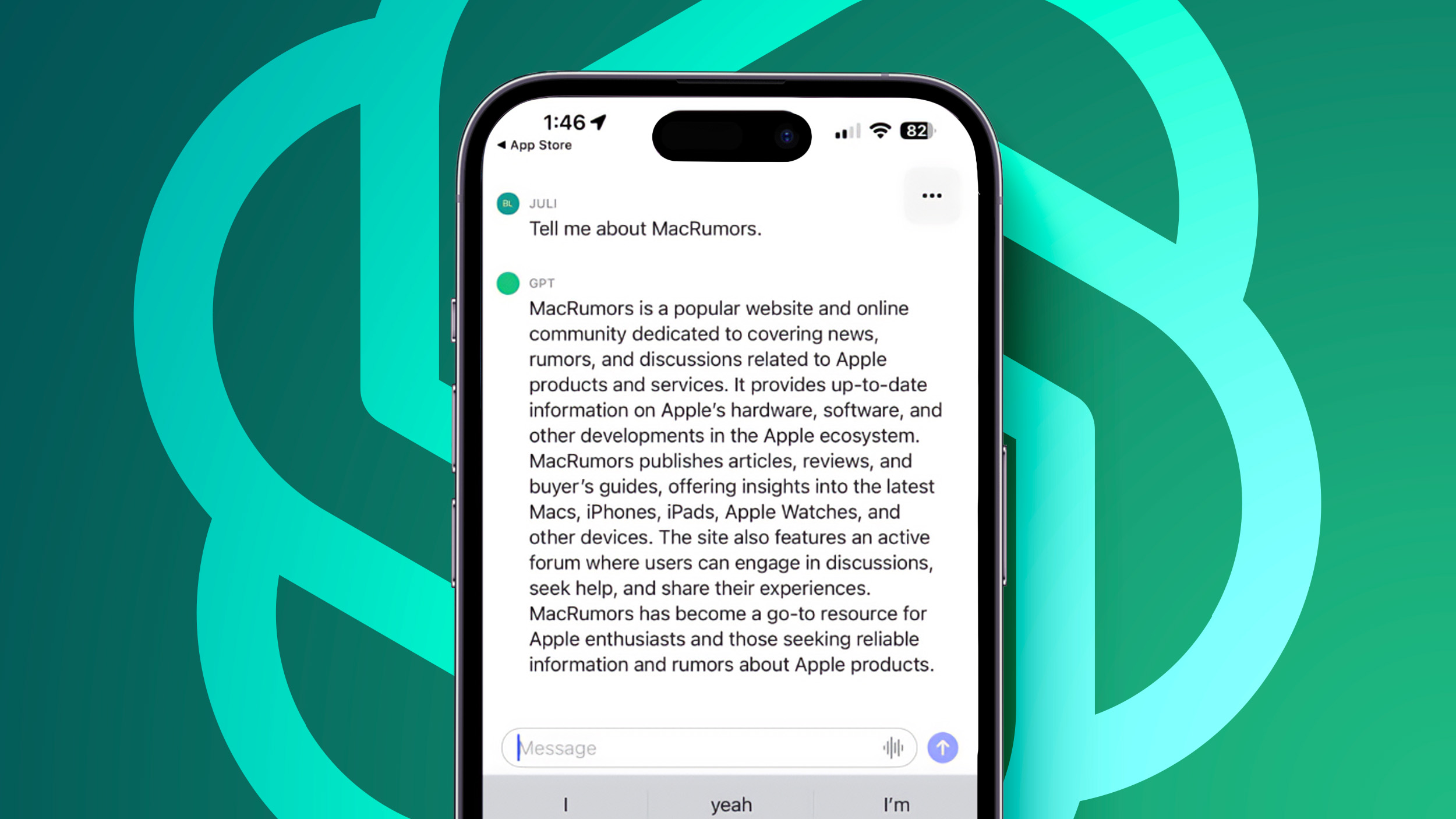How Four-Wheeler Insurance Policies Differ for New vs. Used Cars?


Everyone wishes to buy a car once in their lifetime. However, maintaining a four-wheeler requires significant financial backup, especially due to buying an insurance policy. Therefore, you need to know about the two main classifications of car insurance policies, which can be for first-hand and second-hand vehicles.
Thus, keep reading this blog till the end to understand the difference between four-wheeler insurance policies for new and used cars.
Understanding Comprehensive vs. Third-Party Coverage
Getting a two-wheeler insurance renewal is relatively simple compared to four-wheeler insurance policies. So, when you think about renewing your four-wheeler, you need to consider both new and used cars, the two main categories in which the insurance policies can be divided are discussed as follows:
● Comprehensive Coverage
Comprehensive insurance provides broad protection, including coverage for third-party obligations as well as damages to your car from accidents, fire, theft, and natural disasters. For drivers who want more financial protection for unanticipated circumstances, this kind of coverage is perfect.
● Third-Party Coverage
In contrast, third-party coverage only pays for damage or losses done to other individuals or their property. It is mandatory by law in many regions, providing basic protection but excluding your vehicle’s damages.
● Key Difference
Third-party insurance is less expensive and has fewer benefits than comprehensive coverage, which offers protection in all areas. Your budget and desired level of protection will determine whatever option you choose.
Cost Differences in Insurance Premiums
The age, condition, and market worth of the vehicle all have a direct impact on premium forecasts. The differences between new and used vehicle insurance premiums are as follows:
● Higher Premiums for New Vehicles
Since new automobiles are more expensive to fix and replace, insurers view them as a greater risk. As a result, new four-wheeler insurance rates are often higher, particularly if comprehensive coverage and add-ons are chosen.
● Reduced Premiums for Used Cars
The depreciation factor reduces the premium for a used car. Nevertheless, premiums may still differ according to the manufacturer, model, and condition of the vehicle. Premiums for a luxury used vehicle could be greater than those for a cheap new car.
Differences in Add-On Covers
One major feature of many four-wheeler insurance plans is that there are several optional features available with the new car insurance policy. Some of the usual optional features include:
● Zero depreciation
● An engine protection plan
● Return to the invoice price
● Roadside assistance
However, many of such features can be considered useless or unavailable for used cars. Insurers do not provide these choices because of the vehicle’s age. The cost of repairing used cars is high. Therefore, many used cars are registered with a very basic policy.
Impact of Depreciation on Used and New Car
Depreciation has a significant impact on insurance premiums and claim settlements.
● Increased Depreciation
New cars have significant depreciation over the first several years of ownership, which affects their claim and resale prices. For new cars, a zero depreciation cover is particularly helpful in guarding against this sudden value loss.
● Steady Depreciation
Over time, the rate of depreciation for used cars stabilises, increasing the certainty of claim payouts. Insurers, however, take into account the cumulative depreciation, which lowers benefits in the event of a complete loss.
Policy Tenure Options for New and Used Cars
Another important aspect of four-wheeler car insurance is the policy tenure of different insurance plans. Many insurance companies offer policy tenures of three to five years for new cars. You do not have to renew the policy annually. Also, you get the benefit of reduced premiums if you buy a new car policy. Moreover, new car owners will not have to deal with yearly premium charges for new vehicles.
However, for used cars, the insurance coverage is normally only for a year. Even though you can find this somewhat irritating, such a system is rather useful for used car owners. You can re-evaluate your needs and budget annually before deciding to renew your four-wheeler insurance. Also, if you decide to upgrade or sell your vehicle, it will be a good option to have limited-term insurance.
Key Factors to Consider When Choosing the Right Policy
Consider the following factors while choosing between new and old car insurance plans:
● Age and Condition of the Vehicle
Select a policy that is appropriate for the age, market value, and condition of your vehicle. While third-party insurance could be adequate for older, low-value cars, comprehensive insurance might be necessary for brand-new vehicles.
● Add-On Requirements
Choose additions according to your needs and the worth of the car. Zero depreciation and return to invoice coverage may be advantageous for new vehicles, but they might not be worth the money for used cars.
● Budget
Since premium prices differ, financial limitations will affect the coverage selection, particularly for used car owners looking to cut costs.
The Bottom Line
To sum up, deciding between a new and used four-wheeler insurance policy depends on the age of the car, the premium budget, the car model, and the insurance plans. New car owners may choose a policy that covers all the necessary things but is not very costly. However, old car owners need to choose a policy with a shorter tenure. Overall, you need to evaluate your needs carefully before getting a four-wheeler insurance policy.



